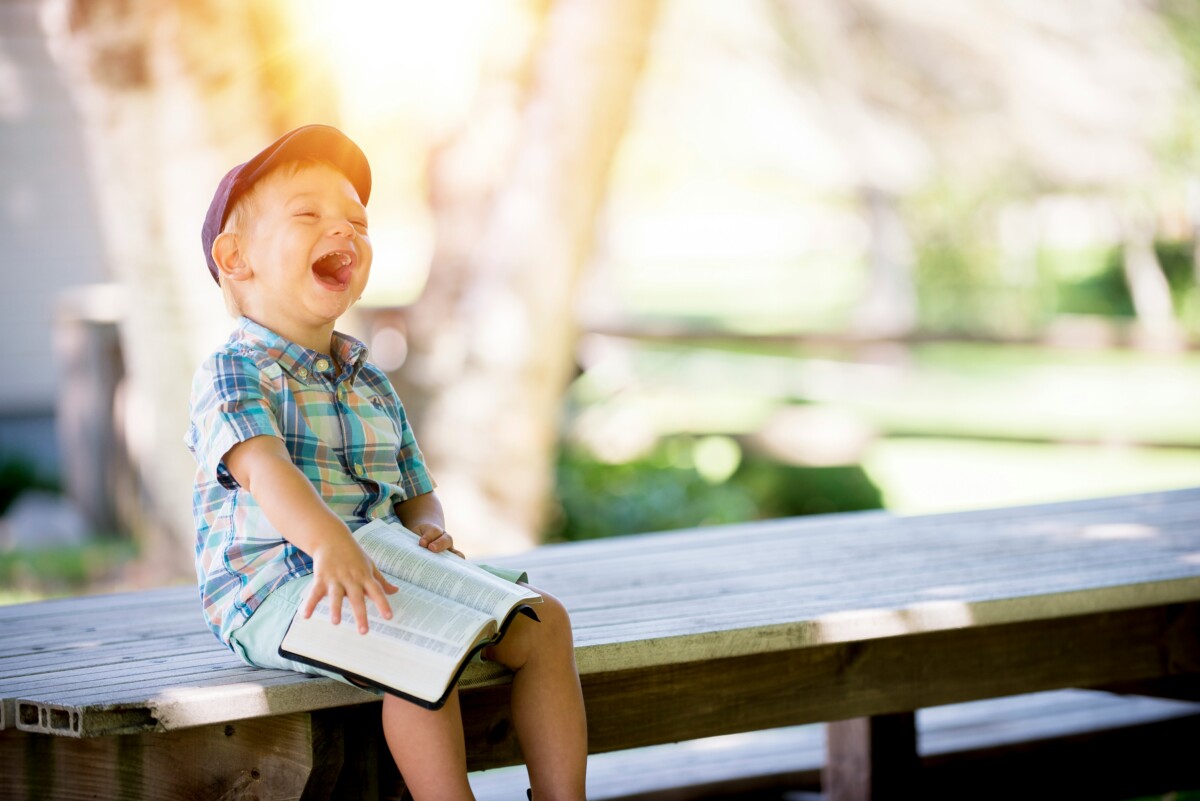Every child has a unique way of processing information and engaging with the world around them. Understanding your child’s learning style can be instrumental in tailoring their educational experiences to maximise learning outcomes and foster academic success.

While there are various theories and models of learning styles, three main categories commonly used to describe how individuals learn best are visual, auditory, and kinesthetic learning styles.
Redbridge schools use these three learning styles to tailor their curriculum for each student as effectively as they can, which is why it is important to identify key areas in your child’s learning. Let’s delve deeper into each of these learning styles and explore how they influence the learning process.
1. Visual Learners
Visual learners prefer to process information through visual stimuli such as images, diagrams, charts, and written words. They benefit from seeing information presented in a clear, organised manner and often have strong spatial reasoning skills.
Characteristics of visual learners include:
- Enjoyment of visual aids such as slideshows, videos, and infographics.
- Preference for reading and writing activities, including taking notes and highlighting key points.
- Ability to remember information through mental images and visual cues.
- Tendency to be detail-oriented and observant of their surroundings.
- Strategies for supporting visual learners include providing visual aids, using colour-coded materials, incorporating diagrams and illustrations into lessons, and encouraging the use of visual mnemonics for remembering information.
2. Auditory Learners
Auditory learners learn best through auditory stimuli such as spoken words, lectures, discussions, and audio recordings. They excel in environments where information is presented verbally and enjoy engaging in conversations and debates.
Characteristics of auditory learners include:
- Preference for listening to lectures, podcasts, and audiobooks to absorb information.
- Strong verbal communication skills and an affinity for storytelling and oral presentations.
- Ability to remember information through auditory cues and repetition.
- Enjoyment of music and rhythmic patterns, which can aid in memory retention.
- Strategies for supporting auditory learners include incorporating verbal explanations and discussions into lessons, providing audio recordings of lectures or readings, encouraging verbal repetition and summarisation of information, and incorporating music or rhythmic activities into learning experiences.
3. Kinesthetic Learners
Kinesthetic learners learn best through hands-on experiences, movement, and physical manipulation of objects. They thrive in environments where they can actively engage with materials and participate in kinesthetic activities.
Characteristics of kinesthetic learners include:
- Preference for hands-on learning activities such as experiments, demonstrations, and interactive projects.
- Strong physical coordination and a tendency to learn by doing rather than observing.
- Need for frequent movement and physical breaks during learning sessions.
- Ability to remember information through physical sensations and muscle memory.
- Strategies for supporting kinesthetic learners include providing hands-on learning materials and activities, incorporating movement and physical exercises into lessons, allowing opportunities for exploration and experimentation, and encouraging the use of gestures and role-playing to reinforce learning.
While individuals may exhibit preferences for one learning style over others, it’s essential to recognise that most people engage in a combination of visual, auditory, and kinesthetic learning modalities.
Flexibility in teaching approaches that cater to diverse learning styles ensures that all students have the opportunity to succeed and thrive academically. By understanding and accommodating your child’s learning style, you can create a supportive learning environment that fosters their growth, curiosity, and love for learning.